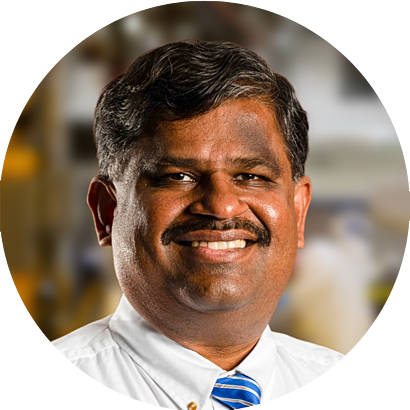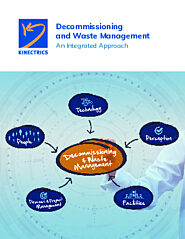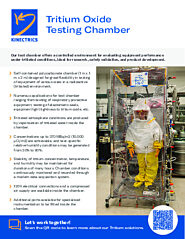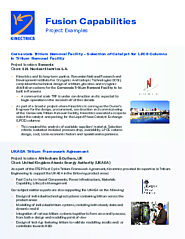Historically, Mixed Liquid Waste (MLW) drums from Canadian nuclear facilities containing Tritium (H-3) and other radionuclides (alpha as well as beta/gamma emitting) were shipped to a licensed US facility for destruction via incineration. This option is relatively complex considering the logistics associated with cross-border shipments and the destruction costs (e.g. H-3 surcharge). Because of this, Kinectrics developed a novel and flexible process for disposal of oily as well as other (solvents, aqueous etc.) MLW within Canada. This process avoids the need for cross-border shipments and significantly reduces the complexity as well as cost for waste disposal. An overview of the various approaches and activities undertaken by Kinectrics during the period 2009-2013 for successfully processing and disposing of several MLW drums (oils, solvents, aqueous and solids) has been reported previously.
One of the key approaches for management of MLW involves its treatment using well-known unit operations such as filtration, treatment with commercial sorbents, and various proprietary treatment methods developed at Kinectrics. These approaches result in reduction of radionuclide activity levels to below the unconditional clearance criteria and allows disposal of the waste via incineration at a conventional chemical waste facility. A small amount of radioactive secondary waste (the captured radionuclides) is returned to the customer. This approach was successfully employed for processing several MLW drums.
Kinectrics subsequently completed two projects involving processing for disposal of legacy oily and solvent MLW inventory for a Canadian nuclear customer. Waste treatment processes used in the past for unconditional clearance of oily/solvent MLW were ineffective for treatment of these legacy waste drums. Some drums were particularly challenging to process since H-3 was chemically associated with the oil backbone. To address these challenges, Kinectrics developed the innovative Universal SEParation (USEP) process for disposal of problematic MLW. This paper will present an overview of the USEP process, a summary of waste characteristics, the results of drum scale (205 L) process demonstration work, and the design concept of a Mobile Processing Unit (MPU) for large scale batch (1500 L) processing of MLW employing the USEP process.
Speaker:
Dr. Sriram Suryanarayan, Director, Innovation, Kinectrics
September 23, 2025 from 02:10PM to 03:10PM | Drawing Room











